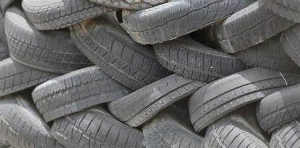Catastrophes 'threaten viability' of home cover: Taylor Fry

More frequent and severe natural disasters could make home and contents insurance unviable for insurers, Taylor Fry warns.
In its annual Radar report, the actuarial consultancy says catastrophes such as the east coast flood event earlier this year have taken a toll, and householders is the only class of insurance that failed to register a profit in the past financial year.
“More frequent and costly natural disasters threaten the ongoing commercial viability of householders insurance, particularly in the most disadvantaged flood-prone regions,” the report says.
“Following three years of losses, insurers are closely reviewing their natural perils exposure to determine whether insurance continues to be viable in high-risk regions and if it is, the level of premium increase required to restore profitability.
“Insurers are asking themselves, can I continue to offer household insurance in its current form and, if so, at what price?”
The Radar report draws on Australian Prudential Regulation Authority (APRA) data to show that, across all lines, insurers saw profits after tax increase to $985 million in FY22, from $552 million in FY21.
Meanwhile, reinsurers sustained losses of $62 million in FY22, following profits of $369 million in FY21.
“I think that the industry has been pretty resilient, and there’s a lot of opportunities as well,” Taylor Fry Principal Win-Li Toh told insuranceNEWS.com.au.
However, she also warns that some classes only made a profit due to prior year releases and that industry return on capital, at 3.1%, is well below target levels.
“Beneath this generally positive picture, the industry is facing several challenges,” Ms Toh said.
These include balancing the need for insurer profitability against customer affordability issues, inflationary pressures and the likelihood of ongoing natural peril losses.
“The lingering effects of Covid-19 and consequences of war in Ukraine, such as labour shortages and supply-chain disruption, are leading to rising interest rates and higher inflation,” she said.
Added complications include the cyber threat and adapting insurance to offer appropriate protection.
“This highlights the complexity of developing insurance products in a fast-evolving landscape.
“No one is immune from the fallout of these issues. They impact insurers, government and the community.”
See Analysis.






